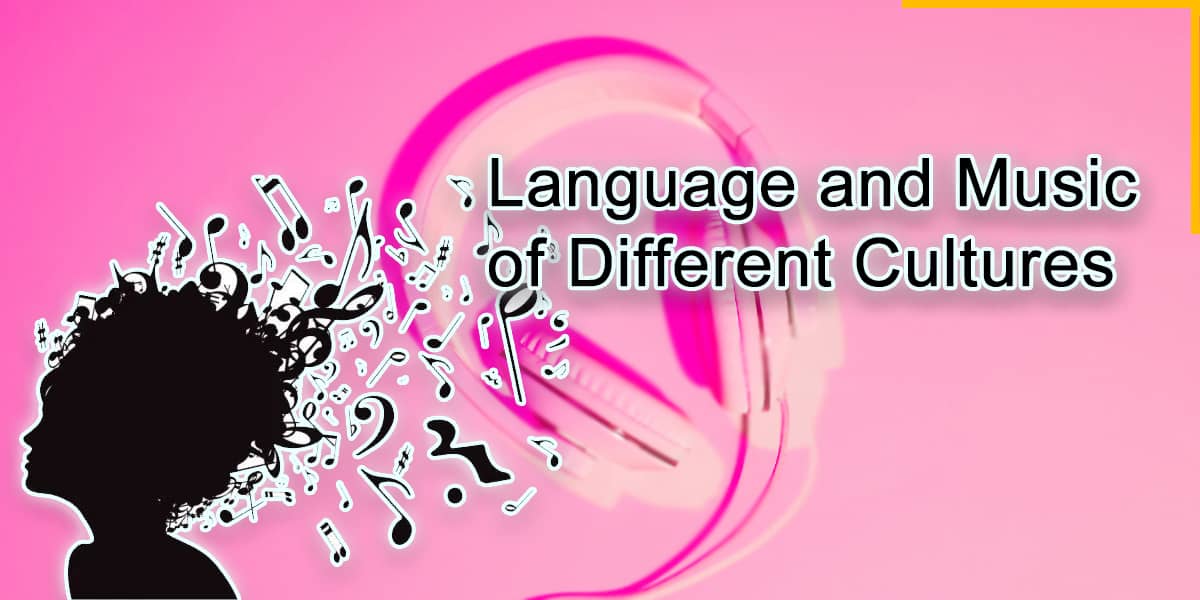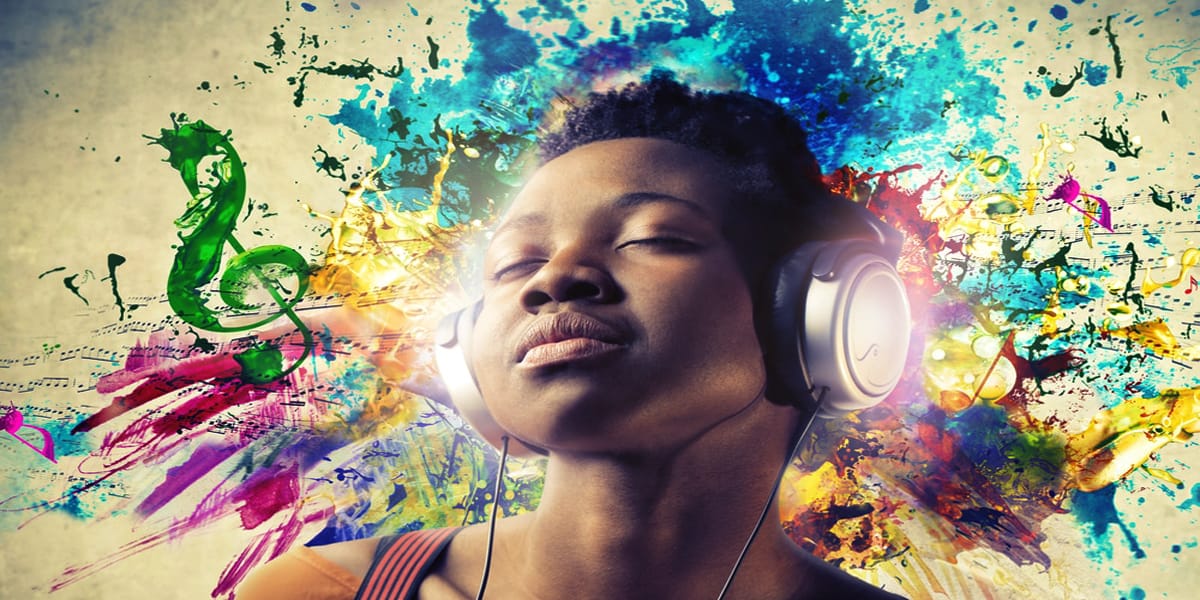Language and Music: Exploring the Melodies and Lyrics of Different Cultures

Language and Music: Exploring the Melodies and Lyrics of Different Cultures
Music is a powerful expression that crosses linguistic boundaries and brings people together globally. Different civilizations’ melodies and lyrics weave a complex tapestry of variety, highlighting the distinct ways music reflects and defines cultural identity. This essay will study the relationship between language and music worldwide, delving into the melodies, rhythms, and lyrical narratives that define numerous civilizations. Join us as we explore the beauty and relevance of music as a language of the heart and spirit.
index
ToggleThe Power of Melody
Melody forms the backbone of music, carrying emotions, stories, and cultural nuances. From the hauntingly beautiful tunes of traditional Celtic music to the rhythmic beats of African drumming, melodies reflect the essence of a culture’s history, values, and emotions. Different musical scales, modes, and tonalities create melodies that profoundly evoke specific moods and resonate with listeners. We develop a greater grasp of the human experience and appreciate the enormous diversity of musical expression by immersing ourselves in various melodic traditions.
The Poetry of Lyrics
Lyric poetry adds another dimension of meaning and emotion to music, allowing for storytelling, introspection, and social commentary. Whether written in poetry, prose, or catchy refrains, lyrics serve as vessels for cultural narratives, personal experiences, and societal issues. From the poetic verses of Persian ghazals to the socially conscious lyrics of hip-hop, different cultures use songs to convey their history, struggles, aspirations, and celebrations. Exploring the lyrical themes and techniques within various musical traditions opens doors to new perspectives and broadens our understanding of the human condition.
The Influence of Language
Language is important in music because it influences word choice, phonetics, and the overall message. The music’s languages reflect a community’s cultural heritage and connect deeply to its traditions. For example, Italian operas showcase the expressive power of the Italian language, with its rich vocabulary and vocal ornamentation. Likewise, the tonal nature of Mandarin Chinese lends itself to melodic phrasing and poetic imagery. The interaction of words and music produces a symbiotic relationship that heightens the emotional impact and authenticity of the musical experience.
Cross-Cultural Fusions
Cross-cultural musical fusions are becoming more prevalent in today’s interconnected globe. Artists and musicians use elements from other cultures, languages, and musical traditions to produce unique and appealing compositions. These fusions showcase the beauty of diversity and foster a sense of unity and collaboration. From the fusion of Indian classical music with Western jazz to incorporating African rhythms into Latin American genres, cross-cultural musical collaborations bridge gaps and promote cultural exchange, demonstrating the universal language of music’s ability to unite people.
Preserving Cultural Heritage
Music acts as a vehicle for cultural preservation by passing along tales, customs, and values from generation to generation. Traditional music is a cultural repository, transmitting history, folklore, and ancestral wisdom. Efforts to preserve and revive indigenous musical traditions safeguard cultural heritage and provide cross-generational connections and identity affirmation opportunities. By embracing and celebrating diverse musical heritages, we keep cultural diversity and promote a world where every culture’s voice is heard.
Music as a Tool for Language Learning
Music also serves as a powerful tool for language learning and acquisition. Learning songs in different languages exposes us to new vocabulary, grammar structures, and cultural contexts. The rhythmic patterns and catchy melodies of songs make language learning engaging and enjoyable, helping learners develop pronunciation, vocabulary retention, and linguistic intuition. Music provides a memorable and immersive language experience, enabling learners to connect with different cultures more deeply.
Regional Variations and Musical Dialects
As languages have regional variations and dialects, music also showcases unique regional styles and variations. Different regions may have distinct musical traditions, instruments, and techniques within a single culture. For example, northern (Hindustani) and southern (Carnatic) classical music has unique melodic structures, rhythmic patterns, and performing approaches in India. Exploring regional variations in pieces allows us to appreciate cultural diversity and understand the impact of geography and local customs on musical expression.
Rituals and Ceremonies
Music is central to cultural rituals and ceremonies, marking significant life events and religious practices. Music enhances these rituals ‘ emotional and symbolic aspects, from wedding processions accompanied by joyful music to funeral dirges expressing grief and remembrance. Specific melodies, chants, and instruments in religious ceremonies carry spiritual significance and connect individuals to their cultural and religious heritage.
Oral Tradition and Folk Music
Music is passed down through generations in many cultures via an oral tradition, preserving historical narratives and cultural identity. Folk music reflects common people’s everyday experiences, struggles, and celebrations, often accompanied by traditional instruments. Exploring folk music traditions gives a view into a community’s collective memory and cultural foundations, offering information on the social, historical, and environmental conditions in which these traditions arose.
Musical Influences and Globalization
In an era of globalization, cross-cultural encounters have increasingly influenced music. Pop, rock, and hip-hop are global musical genres that have expanded around the globe, combining with local musical traditions to create distinctive hybrid genres. As a result of this cultural interaction, new sounds, rhythms, and poetic subjects have emerged. Studying global musical influences allows us to trace the interconnectedness of cultures and observe how music evolves in response to changing social dynamics.
Revitalization and Cultural Revival
Musical traditions sometimes need to be recovered over time. However, there are efforts worldwide to revitalize and preserve endangered musical traditions. Cultural organizations, musicians, and communities are working towards restoring traditional music through documentation, education, and performance. These initiatives safeguard cultural heritage and provide a platform for intergenerational knowledge transfer, fostering a sense of pride and identity within communities.
Conclusion
Language and music connect deeply, intertwining melodies, lyrics, and cultural expressions. We learn better about many nations’ histories, emotions, and societal ideals by researching their unique musical traditions. Music is a universal language that bridges linguistic divides and promotes relationships among disparate populations. Through the melodies and lyrics of different cultures, we celebrate the richness of human expression and encourage understanding, empathy, and unity in our global society. We expand our hearts and minds to new experiences, cultures, and methods of interacting with one another by embracing the language of music from across the world.
Recent Posts
Contact Us
+1 437 499 4559










